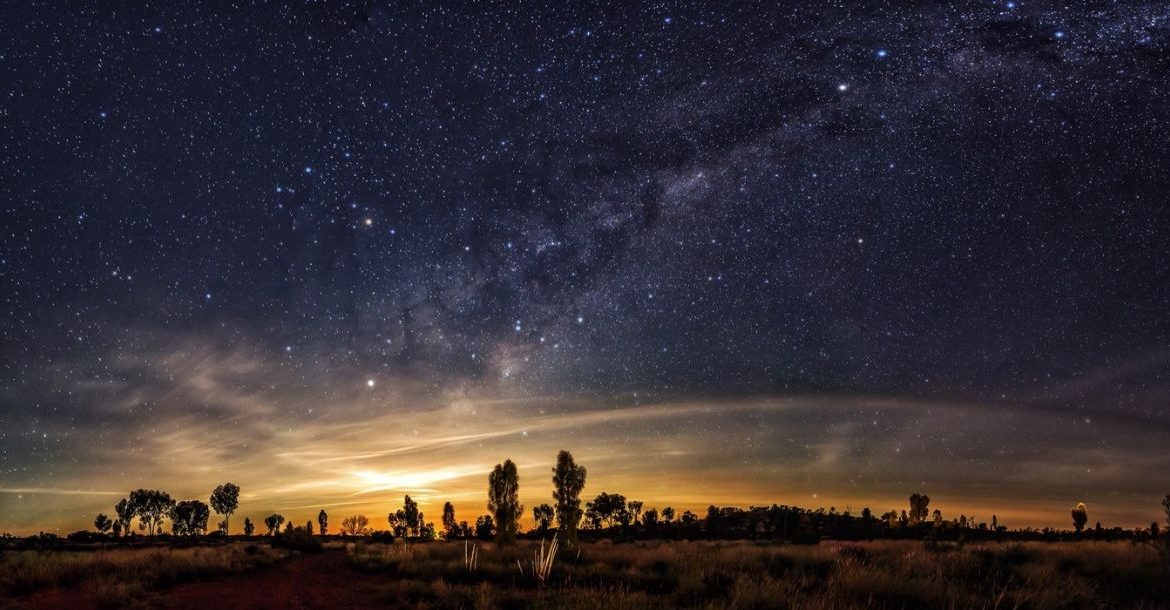The Importance of Environmentally Sound Management
No matter what the project is, we have a responsibility to uphold an environmentally sound management plan. The incorrect implementation of an environmentally sound management plan could radically disrupt the environment of a certain piece of land, and it could be the end of your company as well. At Tellus, we take great measures to diminish our environmental footprint. We are working towards a cleaner Australia. Below, we have a few things to consider for your next project.
Consider the environmental impacts
The environmental impacts of our waste disposal operations should not be ignored. Every project in the field of waste management has potential to negatively disrupt elements of our environment. It’s important to implement a rigorous adaptive management approach to constantly monitor your activity, and immediately change anything that causes significant harm.
We all share this responsibility. However, it can be unclear how to approach certain situations. The environmental impacts aren’t always easily understood for every individual project. When there aren’t any clear processes on diminishing our environmental footprint, it’s best to proceed with a precautionary approach. Take the time to do extra research on the location and the job, and closely monitor and plan any of your activities accordingly.
Sustainable operations
As newer technology becomes more available, we have a greater opportunity to generate sustainable operations with our projects. Whether it’s using renewable energy for everything or simply cutting down on the non-renewable fuel resources we have, it’s important to make adjustments where you can. Modifying our work towards a sustainable model is the best way to ensure that we are caring for the future of the environment.
Environmental stewardship
When it comes to our environmental projects, it’s important to maintain a relationship with landowners, traditional owners, regulators and broader communities to demonstrate your environmental stewardship ideals. We have a responsibility to treat the land that we use with respect and care to prevent further environmental disruption. Measures need to be taken to manage different parts of the environment. For instance, you should consider a management plan for biodiversity, surface water and ground water. In many parts of Australia there is indigenous land that is incredibly important to the Aboriginal people, so it’s important to consider how your project could affect the cultural heritage of the area.
The Benefits of a Multi-Barrier Case System
There are a lot of things that go into maintaining a geological repository, a facility that can offer long term storage, treatment, recovery and permanent isolation of equipment and hazardous waste services. These materials are isolated from the biosphere over geological time, which can mean anywhere from hundreds of thousands to even millions of years. These are dangerous materials, and they need to be kept in a safe place. To make sure that your geological repository is working correctly, you need to implement tools like a multi-barrier system.
What is a multi-barrier case system?
A multi-barrier case system helps to contain a high level of hazardous waste and chemical waste by implementing a combination of carefully selected active (man-made engineered barriers) and passive control measures (natural barriers). Depending on the system you use, you should have multiple fail-safe mechanisms. Tellus’ system does, and the best barrier to use is a passive control system. This is a barrier that doesn’t need to be monitored, consisting of a carefully selected site and host rock that is the fundamental property of geological waste repositories. This means the system will remain passively safe throughout geological time.
Why is it necessary?
Due to dwindling resources and a rising population, Australia is one of highest producers of waste per capita. Australian lifestyles contribute to the depleting of finite resources, which leads to the creation of many products that end up in a landfill. The reality is that waste is a hugely valuable resource, but we don’t always have the technology to properly dispose of it. Because of this, geological repositories are built to house the hazardous waste for future generations to responsibly dispose of it. A multi-barrier system keeps the geological repository working, which is instrumental to keeping hazardous waste away from the biosphere.
How Tellus is Planning for the Future
Tellus’ primary purpose is to protect our environment by putting difficult to manage wastes to good use and finding innovative ways for the waste to re-enter the circular economy. We store these resources in a “like with like” fashion to become a secondary recovery mine of tomorrow for future generations. This creates the ability to reduce the amount of primary resources mined and its associated reduction in energy and greenhouse gases required to convert the primary resource into a useful product.
What is a Geological Repository?
Governments across the globe are looking for alternative solutions to surface landfills. Storage of hazardous waste is an important undertaking that makes an impact on the surrounding environment, so it is our responsibility to make sure that hazardous waste is stored and isolated safely and responsibly. One of the best new alternatives to surface landfills is a geological repository.
What do they do?
Geological repositories are facilities that can offer longer storage, treatment, recovery and permanent isolation of equipment and hazardous waste services. These facilities are considered to have the ability to contain hazardous wastes over a long period of geological time, up to hundreds of thousands or even millions of years. Waste should be seen as a future valuable resource for future generations to find responsible uses for it. While we may not have a value for hazardous waste at this point in time, we want to create the opportunity for future generations that may have the technology to re-enter the waste into the circular economy.
How do they do work?
The geological repositories can maintain these wastes through a combination of carefully selected active (man-made engineered barriers) and passive control (natural, geological barriers) measures. This is a multi-barrier system, which helps to contain a high level of hazardous and chemical waste materials. Tellus uses both selected active and passive control measures to keep everything managed. The reason for combining these measures is that if the engineered barriers fail at some point over geological time, the natural barriers will keep the materials safe. The great benefit of a passive control system is that it doesn’t need to be constantly monitored, because it consists of a carefully selected site and host rock that is the fundamental property of geological waste repositories.
The Benefits of a Tellus Geological Repository
Australia produces about 6 million tonnes of hazardous waste each year, so it’s important to us that we provide a safe and responsible way to store this waste so that it stays out of surface landfills. While Australia continues to be one of the largest emitters of hazardous waste per capita, we are striving to create future opportunities for our current waste materials. Tellus has two major geological repositories, the Sandy Ridge ClayVault and the Chandler SaltVault. Each of these repositories provide low liability, low maintenance and safe geological storage. Once we receive materials for storage, we store them in a “like with like” fashion that allows for a secondary recovery mines of tomorrow. With our efforts, we hope to create a safer, more eco-friendly environment for the future.



